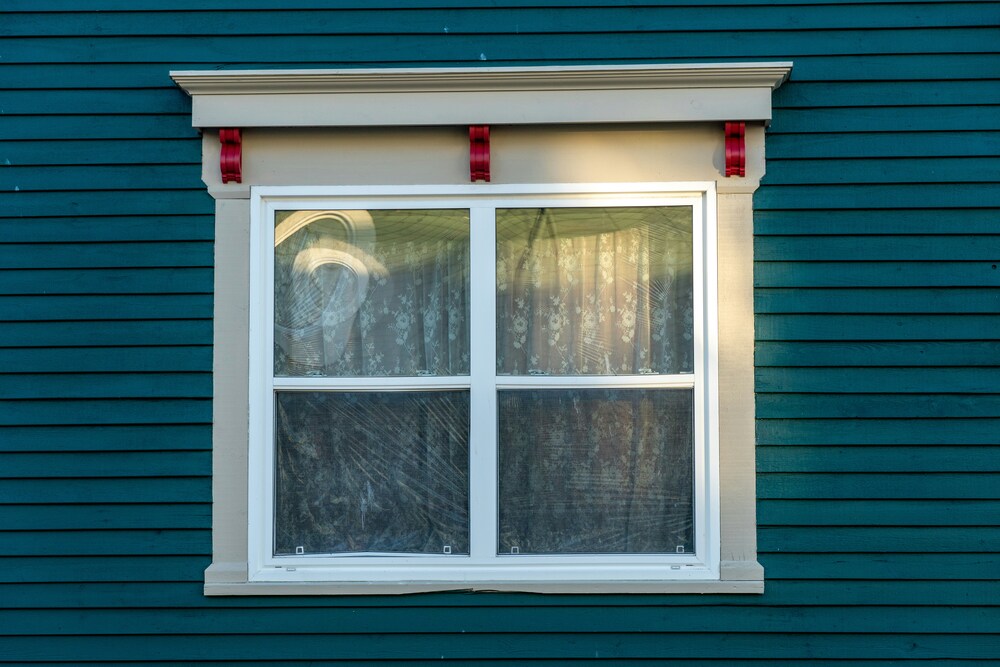- Home
- Articles
- Architectural Portfolio
- Architectral Presentation
- Inspirational Stories
- Architecture News
- Visualization
- BIM Industry
- Facade Design
- Parametric Design
- Career
- Landscape Architecture
- Construction
- Artificial Intelligence
- Sketching
- Design Softwares
- Diagrams
- Writing
- Architectural Tips
- Sustainability
- Courses
- Concept
- Technology
- History & Heritage
- Future of Architecture
- Guides & How-To
- Art & Culture
- Projects
- Interior Design
- Competitions
- Jobs
- Store
- Tools
- More
- Home
- Articles
- Architectural Portfolio
- Architectral Presentation
- Inspirational Stories
- Architecture News
- Visualization
- BIM Industry
- Facade Design
- Parametric Design
- Career
- Landscape Architecture
- Construction
- Artificial Intelligence
- Sketching
- Design Softwares
- Diagrams
- Writing
- Architectural Tips
- Sustainability
- Courses
- Concept
- Technology
- History & Heritage
- Future of Architecture
- Guides & How-To
- Art & Culture
- Projects
- Interior Design
- Competitions
- Jobs
- Store
- Tools
- More
The Design Reset: Why Moving Is Your Best Opportunity to Rethink Window Treatments

Most people focus on furniture placement and paint colors when planning a new space. Window treatments? They’re usually an afterthought, something to “deal with later” once everything else is sorted.
That’s backwards.
Windows define how a room feels before you even arrange the furniture. They control natural light, frame views, and establish the entire visual rhythm of a space. When you’re moving into a new home, you have something rare: a blank slate. No old curtain rods to work around. No mismatched blinds left by previous owners. Just pure architectural potential. The question is whether you’ll recognize it.
Table of Contents
ToggleThe Problem With Inherited Window Treatments
Walk into most rental properties or previously owned homes and you’ll find one of three scenarios: cheap vinyl blinds that block half the view, heavy drapes from 2008, or nothing at all. Previous occupants made choices based on their needs, their furniture, and their lifestyle. Those decisions rarely translate to your design vision.

More importantly, window treatments age poorly. Fabric fades in direct sunlight. Mechanisms wear out. Dust accumulates in places you can’t reach. By the time you’re unpacking boxes in your new place, those “functional” blinds left behind are probably overdue for replacement anyway.
Light, Privacy, and Architectural Honesty
Good window treatments do three things simultaneously: manage natural light, provide privacy when needed, and enhance the architecture rather than fighting it. That third point is where most people miss the mark.
If your new home has floor-to-ceiling windows with clean modern lines, bulky curtains with valances will look wrong no matter how expensive they are. If you’re moving into a Victorian with detailed molding, ultra-minimalist roller shades might feel too stark. The goal isn’t to follow trends but to work with what the architecture is already telling you.
Pay attention to window placement and room orientation. South-facing rooms flood with light but need sun control. North-facing spaces benefit from treatments that maximize whatever natural light enters. Corner windows create unique sightlines that deserve thoughtful consideration rather than standard solutions.
The Moving Advantage
Here’s why relocation timing matters: professional movers understand that window treatments require careful handling. When you’re working with a high-quality packing service, they’ll often recommend leaving existing treatments behind rather than risking damage during transport. Fabric pleats crush. Mounting brackets break. Blind cords tangle. Even if your current window treatments are in decent shape, moving them intact is harder than starting fresh.
This gives you permission to rethink everything from scratch. Measure your new windows before you move in. Note the ceiling heights, the wall space around each window, and how the room’s function might influence your choices. A home office needs different light control than a bedroom. Living spaces benefit from adjustable options that work for both daytime brightness and evening privacy.
Smart Choices for Different Spaces
Modern window treatment technology has come a long way. Motorized options integrate with smart home systems. Sheer fabrics now come with UV protection that preserves furniture without sacrificing natural light. Cellular shades provide insulation that can genuinely impact energy costs.
The key is matching function to form. Kitchens and bathrooms need moisture-resistant materials. Bedrooms benefit from blackout capabilities. Living areas often work best with layered approaches: a sheer layer for daytime privacy and a heavier option for evenings. Roller shades have become particularly popular for their versatility and clean aesthetic. For a comprehensive overview of how they work and their various applications, check out https://www.blindster.com/blog/rundown-on-roller-shades.
Don’t forget about unusual window shapes. Arched windows, skylights, and angled walls all have treatment options now. Moving into a space with architectural character gives you the chance to highlight those features rather than hide them.

Installation Timing
Schedule window treatment installation after you’ve moved in but before you’re fully unpacked. You want empty rooms to work in, but you also want to understand how the space actually functions with your furniture and daily routine. That first week in a new home teaches you which rooms get afternoon glare, where you need privacy from neighbors, and which views deserve to be framed properly.
Professional installation matters more than people think. Poorly mounted treatments sag, bind, or fail prematurely. The money saved on DIY installation often gets spent fixing problems later.
The Long View
Window treatments are one of those home elements that fade into the background when they’re working well. You stop noticing them, which is exactly the point. They should support your design vision without demanding attention.
Moving gives you the rare opportunity to make those choices deliberately, with full information about the space and your needs. Take advantage of it. Your windows will thank you, and so will everyone who walks into a room that just feels right from day one.
illustrarch is your daily dose of architecture. Leading community designed for all lovers of illustration and #drawing.
Submit your architectural projects
Follow these steps for submission your project. Submission FormLatest Posts
10 Best Outsourced Bookkeeping Services UK 2026
Your in-house bookkeeper costs £35,000 a year. Add software licences, training, holiday...
How Awesome PVC Supplies Improve Building Efficiency Today
PVC products have changed how homes and small buildings save energy. The...
Why a Mortgage Broker Can Secure a Better Home Loan Than Your Bank
Your choice between a mortgage broker and bank can substantially affect your...
Process Server: Role, Requirements, and How to Hire the Right One
Introduction A process server is a neutral professional who delivers legal documents...












Leave a comment